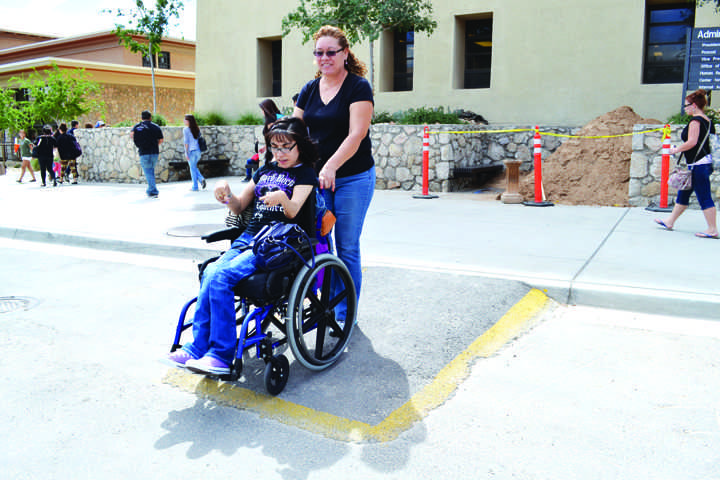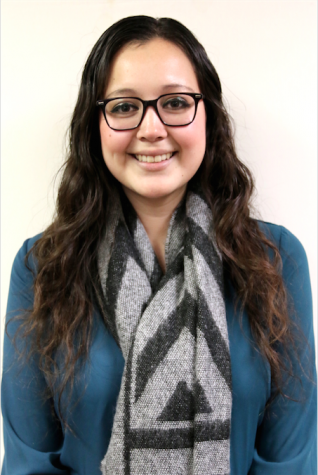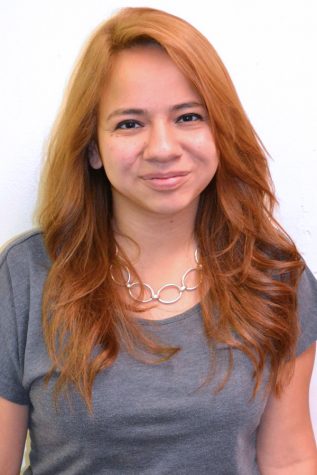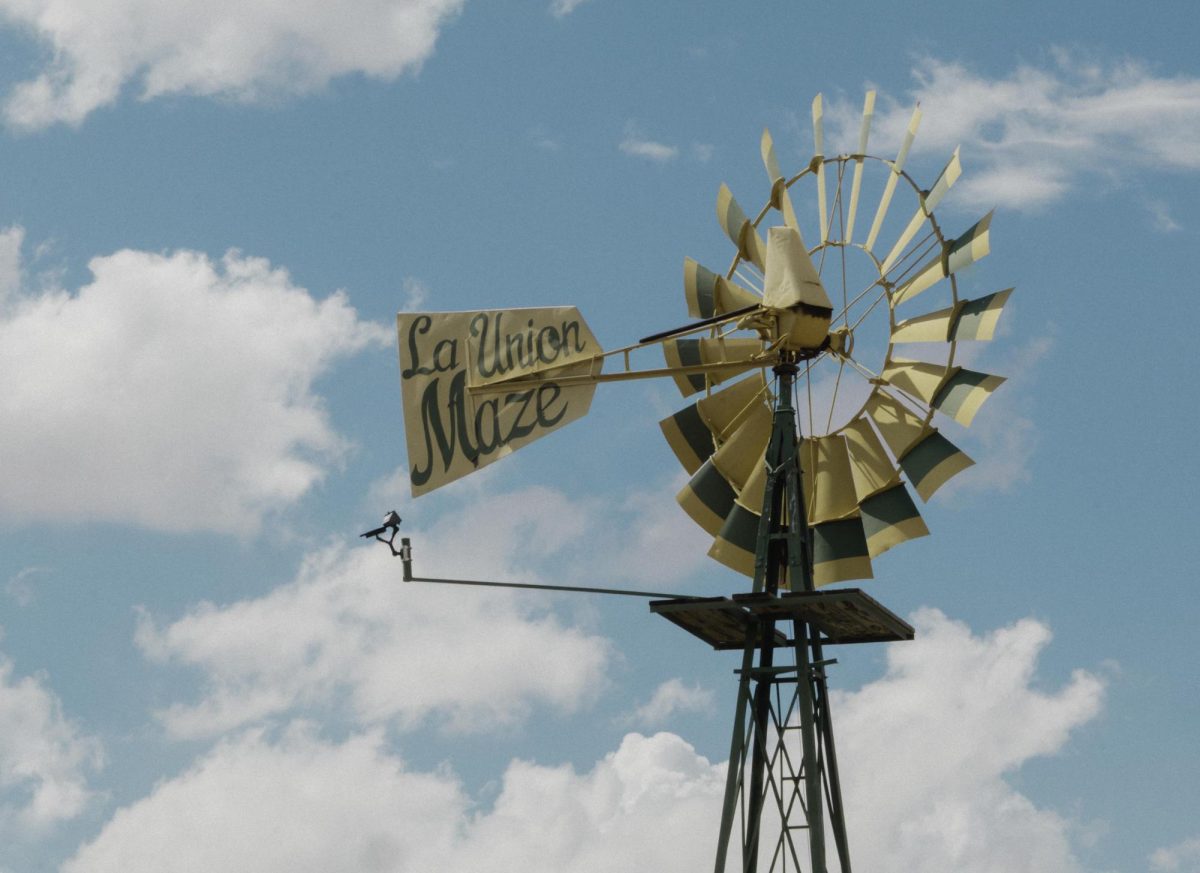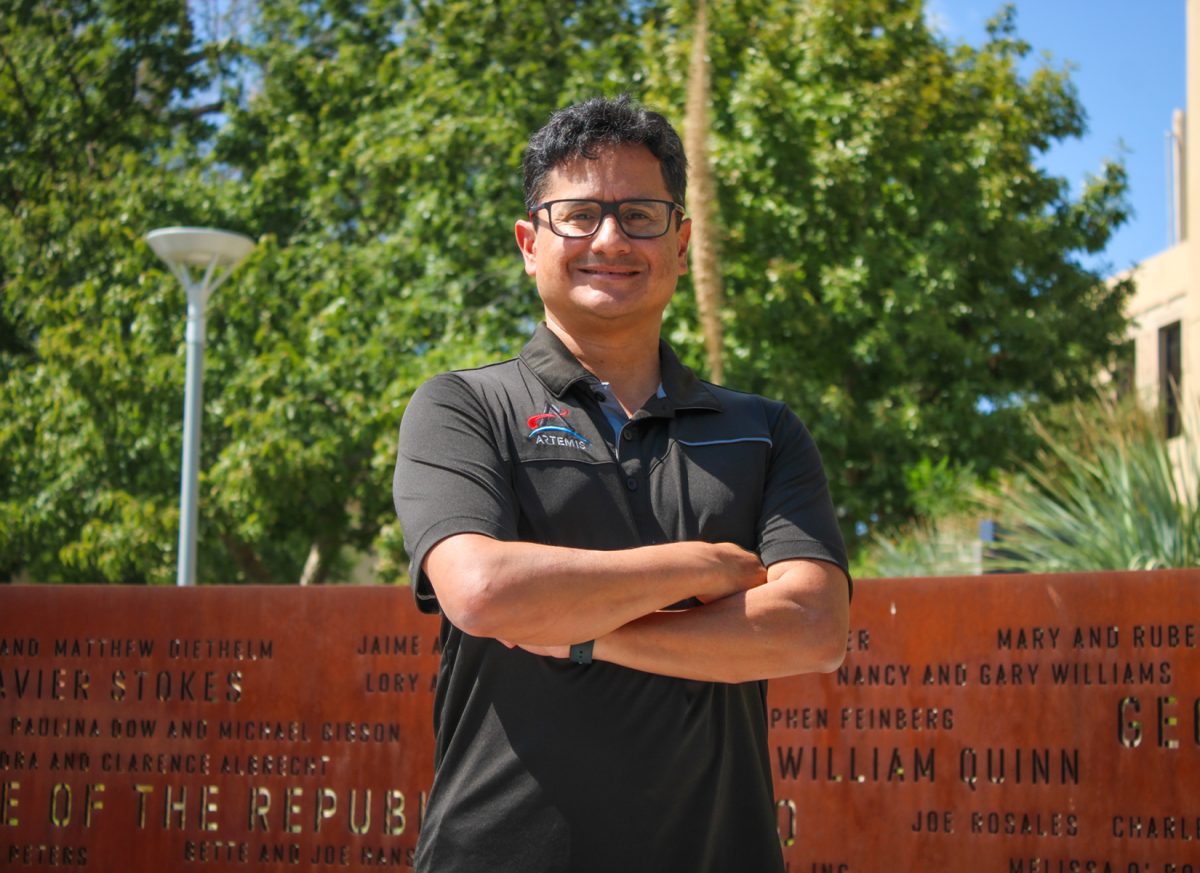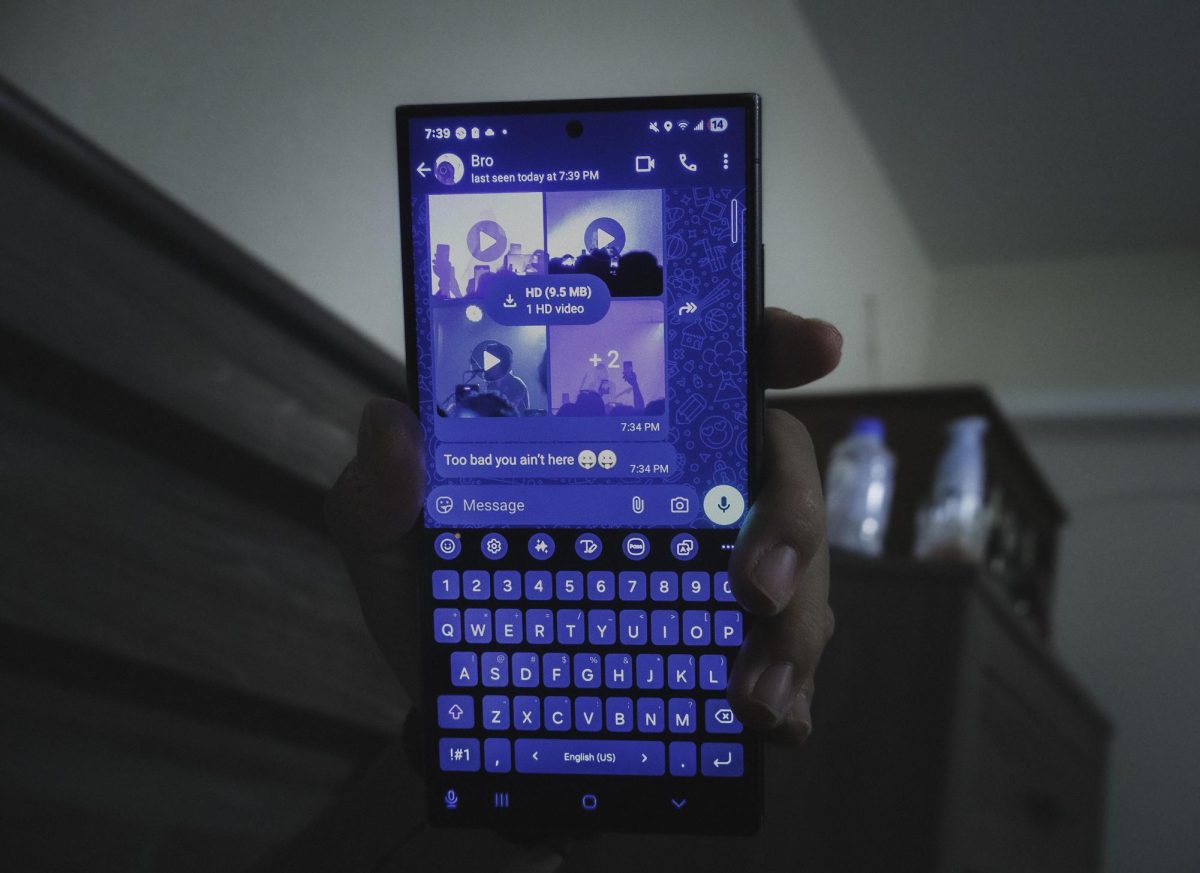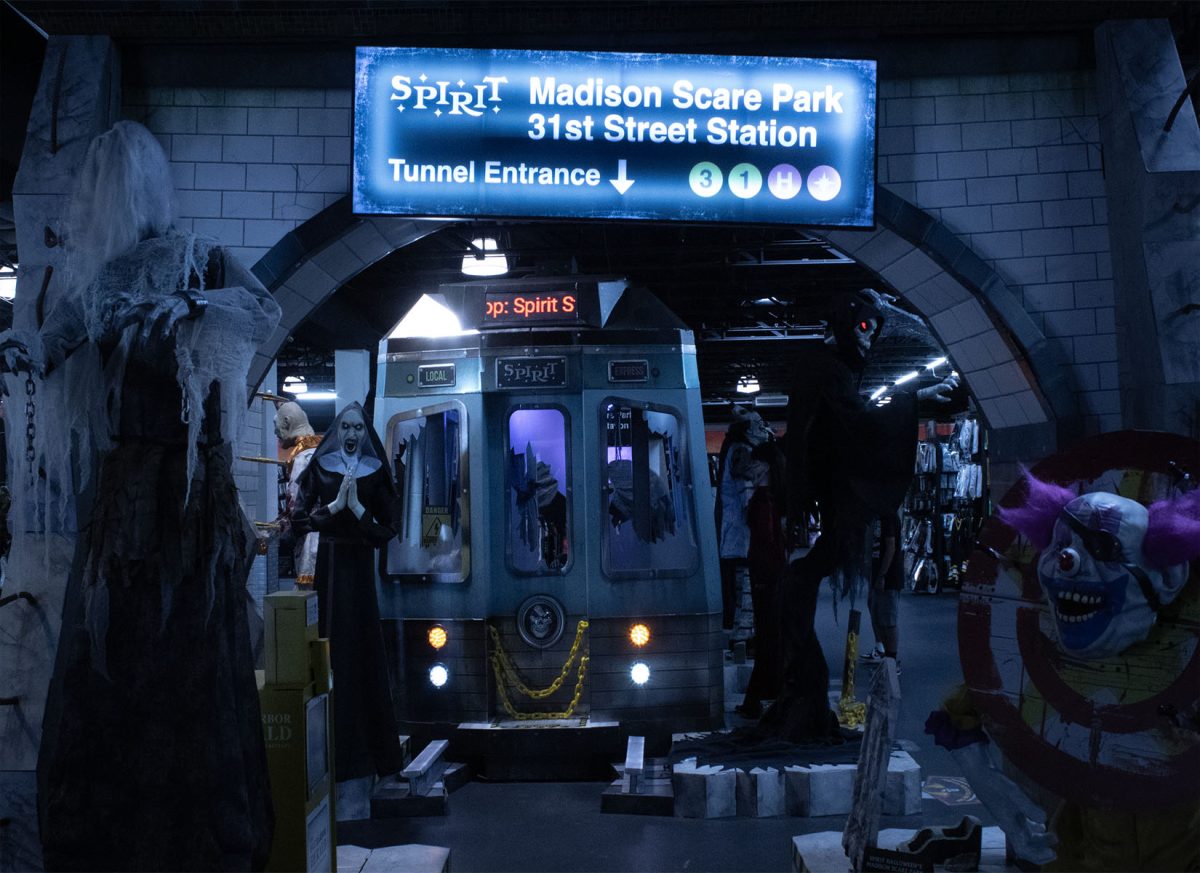As construction continues on campus, students with disabilities face difficult situations.
Prior to the beginning of campus transformation, the Center for Accommodation and Support Services has tried to help these students register for classes outside of the construction zone.
“A lot of the classes for the fall semester had already been designated by location and we could not take the risk that somebody with a mobility limitation, post-traumatic stress due to combat or panic attacks would end up in the construction zone,” said Bill Dethlefs, director of CASS.
He said there are currently 300 students on campus who are impacted by construction.
In an ongoing relationship with the registrar’s office, CASS will receive reports when a student, who registers with the CASS office, has signed up for a class that is in the construction zone.
“We either work with the student to get them relocated to a different section, or in some cases, move an entire class from the construction zone to an accessible location elsewhere,” Dethlefs said. “It’s been a pretty huge task and the registrar and their staff have been superb working with us.”
Before the campus transformation project began, CASS invited the operators of three para-transit systems (Project Amistad, Miner Metro and Sun Metro) to go to University Avenue before its closure and were told what streets would become closed or a dead end so their routes were planned ahead of time.
Despite the construction, the drivers can still operate their routes successfully.
With the para-transit system, they are allowed to go door-to-door, or classroom-to-classroom, to pick up students from wherever they are.
Dethlefs said the service requires advance registration. After completing the registration process, the para-transit vehicle will pick the student up at their house and drop them off at a designated location on campus.
Some of university’s buildings and roads predate the Americans with Disabilities Act, which was passed in 1990, so Dethlefs relies on the students, faculty and staff to be the eyes and ears of the campus for anything that does not abide by the ADA code.
By December 2013, a wheelchair ramp from University Avenue to the breezeway will be built, Dethlefs said.
Daisy Dorado, senior education and interdisciplinary studies major, uses a manual wheelchair to get around campus, and with the ongoing construction, she said this has become a difficult task.
“The campus will probably look much better by the time I graduate next year, but I don’t think (CASS) can help with anything right now because of it,” Dorado said. “But I am satisfied with the services because I get tables that I can use since I can’t sit in the regular desks.”
One of the end goals of the Facility Services Department and Planning and Construction Department is to have an electronic and accessible map of campus showing where ADA parking spaces can be found and which buildings are ADA accessible.
However, it cannot be implemented until after the campus transformation is completed, which is expected by July 2014.
“It is all a part of universal access, where everyone benefits instead of treating people with disabilities differently than the majority,” Dethlefs said. “It is frustrating still for people to run into these architectural, environmental or electronic challenges, but UTEP is addressing those.”
Lorain Watters may be reached at [email protected].


